1. What is Garments Dyeing?
Garment dyeing is a very fancy work. Nowadays, all buyers are so much interested in garment drying. The young generation is also interested in garment drying. But earlier, it was less popular. In garment dyeing, garments are made from un-dyed fabric. After making garments, garments are dyed in different colors or styles according to the buyer’s requirement.
So, garment dyeing is the process of dyeing fully fashioned garments subsequent to manufacturing, as opposed to the conventional method of manufacturing garments from pre-dyed fabrics. Only in the mid- 1970s the method was rarely used for commercial clothing production. It was used domestically for over-dye old, worm, and faded cloths and by resellers of used or surplus military clothing. The first notable industrial use of the technique was made by Benetton, which garment dyed its Shetland wool knitwear.
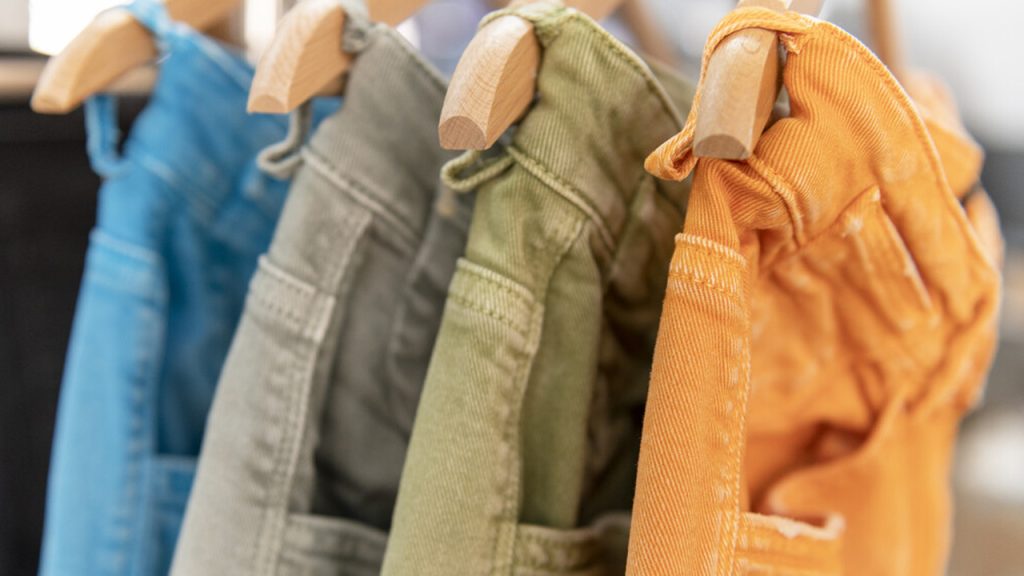
2. List of machines in garments dyeing:
- Front loading dyeing machine.
- Side loading dyeing machine.
- Hydro-extractor.
- Gas dryer.
- Stream dryer.
2.1 Front loading dyeing machine:
The machine loaded from the front side of the machine is called the front loading machine. The type of machine is a complete stainless steel inner and outer drum front door. A computerized system automatically controls this machine. Material can be accessible by loading and unloading through the large toughened glass door. This machine has unique properties such as auto time setting, auto reverse, auto temperature control, and auto water level control. Though this type of machine has a lot of advantages, it has some disadvantages. We have to be careful when this machine does the bleaching process.
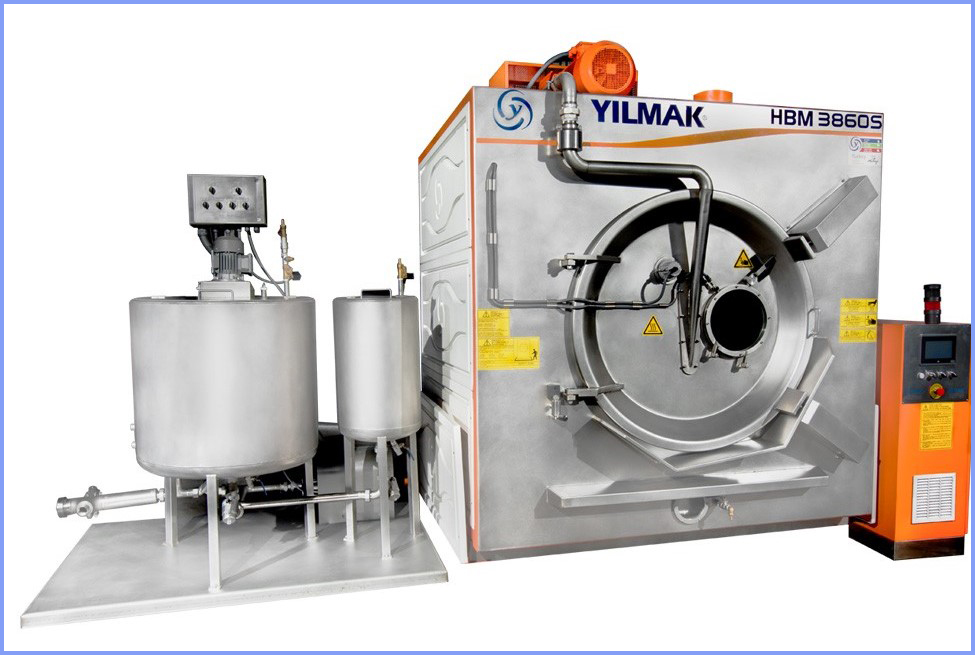
2.2 Side loading garments dyeing machine:
The machine which is loaded from the side of the machine is called a side-loading machine. Side loading machines are suitable for washing garments, cotton, and woolen sweaters, bath mats dyeing, denim enzyme, and dyeing of knitted garments.
This machine can be operated easily. The side-loading machine is also called the belly machine. It has some advantages such as a manual control system, easy to operate, gauge glass cork pair for water level indication, and electric or thermal fluid hated. The side-loading machine is ideal for denim stone washing, enzyme washing, garment dyeing, bleaching, and softening. Though it has a lot of advantages, but it has disadvantages, such as it difficult to control all parameters in this type of machine and handle all kinds of operations manually.
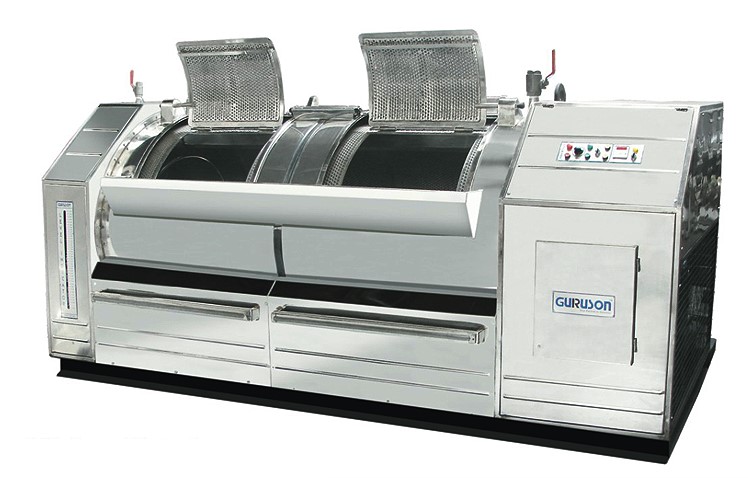
2.3 Hydro-extractor:
Hydro-extractor machine is widely used in garment dyeing and washing factory. Hydro-extractors are also called centrifuges. That means hydro-extractor works based on centrifugal forces. Hydro-extractor is used to remove access water from the garment after dyeing. After dyeing, garments are put into a hydro-extractor machine. Then start the machine. Machines move at high speed. As a result, water goes outside the fabric. Hydro-extractor machines remove about 70-80% of water.
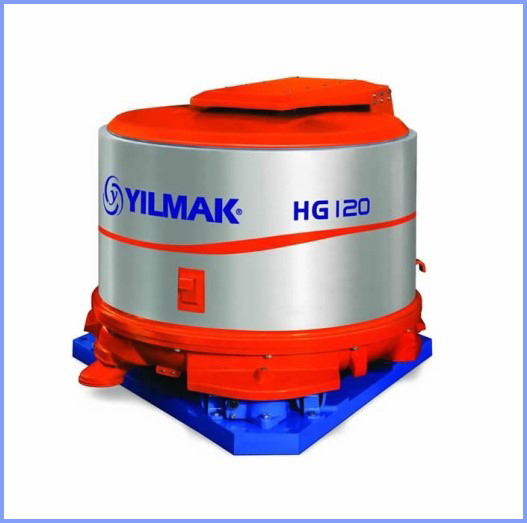
2.4 Gas dryer:
Dry is used to dry the garment. In a gas dryer, heat is produced by burning natural gas. Here the dryer drum is moving, and the upper part of the dryer applies heat. The cost of the gas dryer is high. Their lack of gas, now-a-day, use of the gas dryer is reducing day by day.
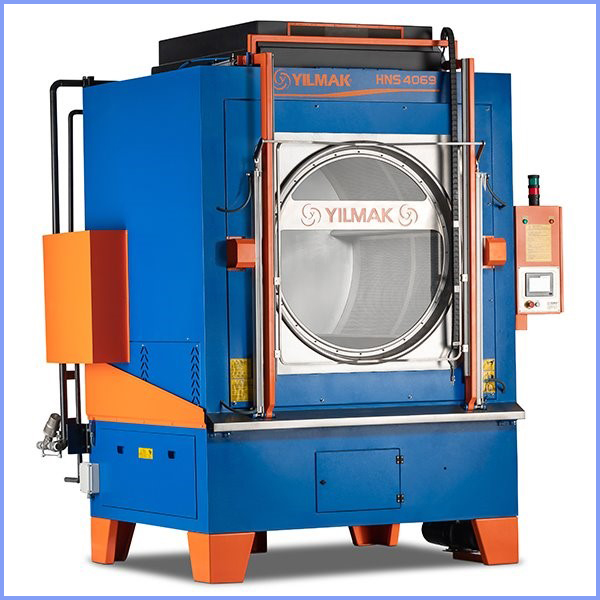
2.5 Stream dryer
In a stream dryer, steam is used to dry the garment. Here steam is converted to heat by a heat exchanger. The heat exchanger is also called a condenser. Stream dryer is mostly used in the factory. It does not create any problems, especially with the shade of garments.
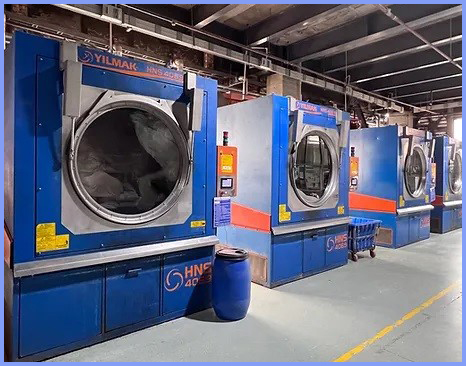







1 thought on “What is Garments Dyeing? Types of Garments Dyeing Machine Used in Garments Washing Plant”